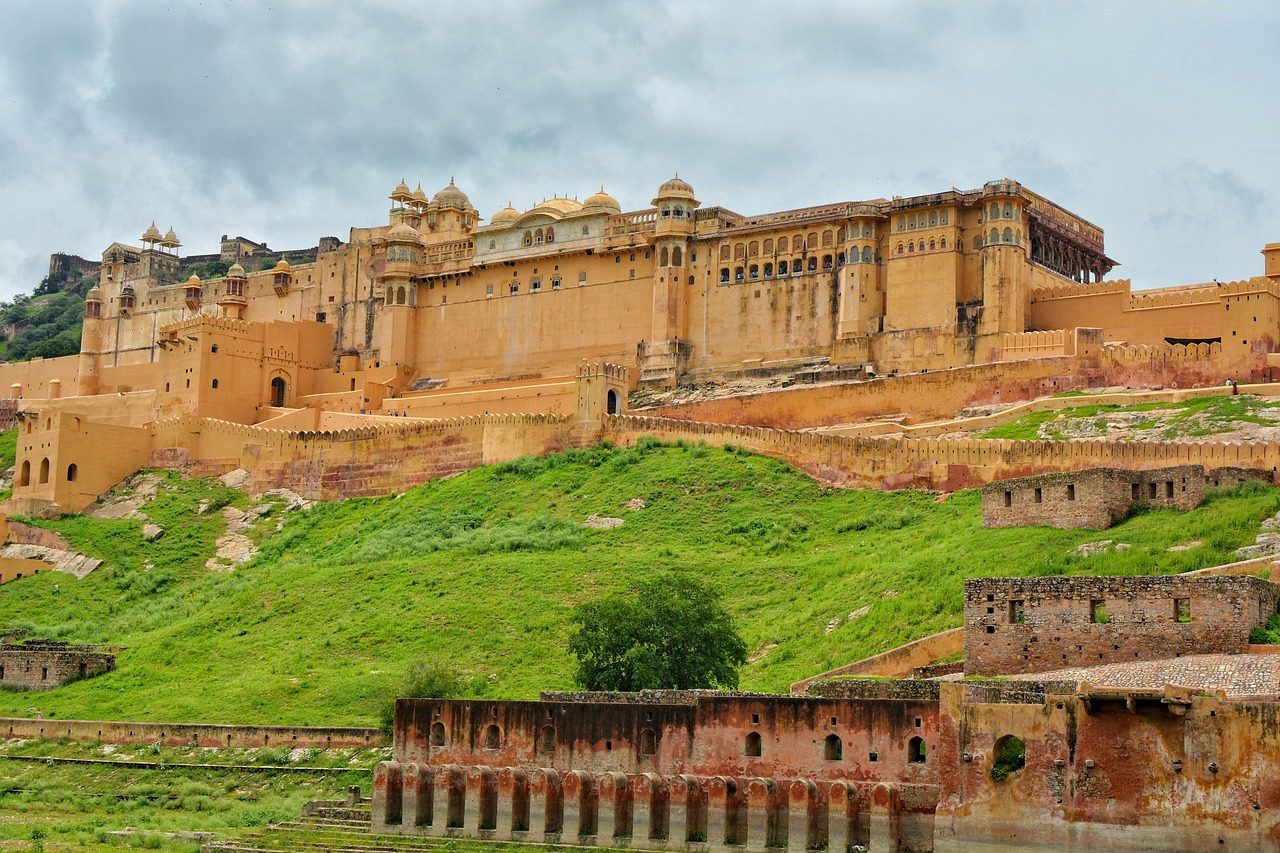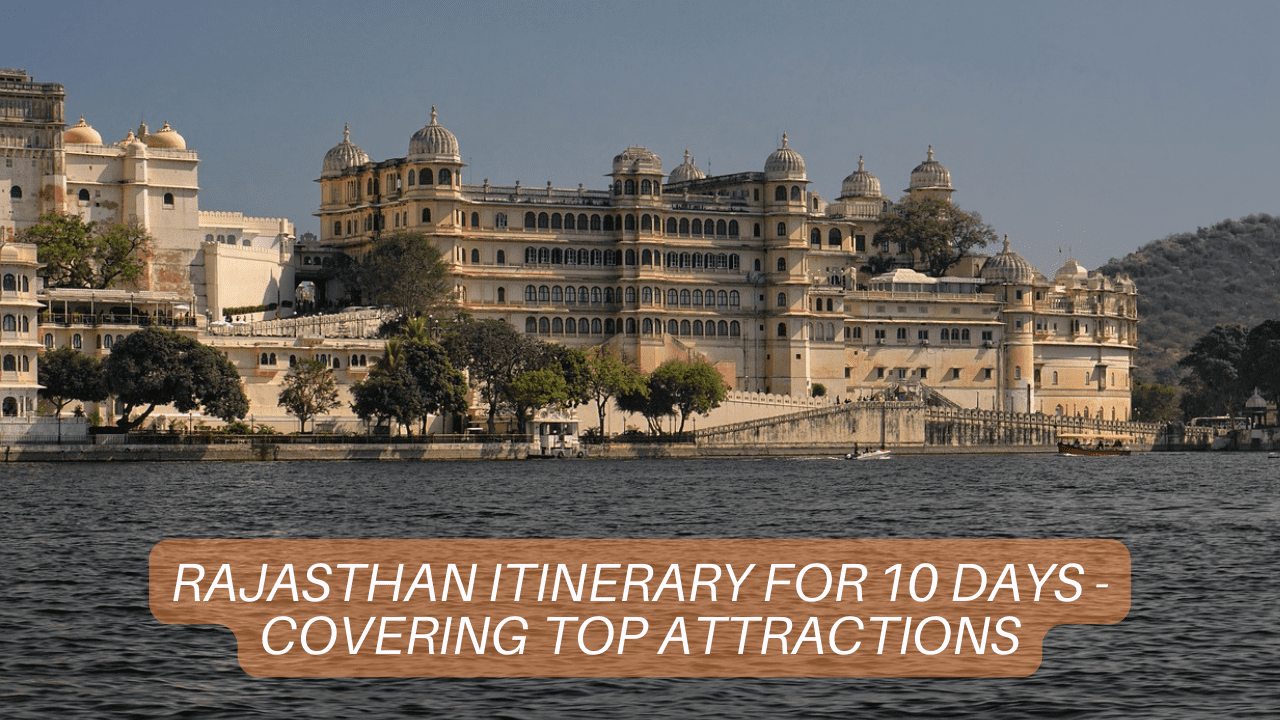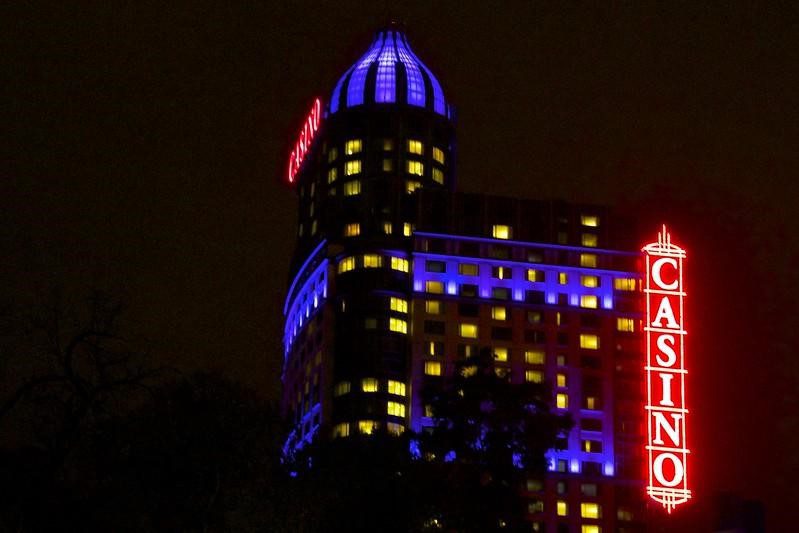Jaipur Hawa Mahal – The Enchanting Five-Storey Building that Stands Without a Foundation
Jaipur Hawa Mahal – The Enchanting Five-Storey Building that Stands Without a Foundation: The Hawa Mahal stands without any foundation, meaning that the palace has no foundation at all. This unique architectural wonder is one of the reasons why Jaipur is known as Pink City. In addition to its foundation-less design, the Hawa Mahal boasts several interesting facts worth knowing.
Rajasthan, an Indian state renowned for its vibrant culture and rich history, boasts numerous forts and palaces that are popular tourist destinations. Among these, the Hawa Mahal in Jaipur, the capital of Rajasthan, is particularly unique and special. Constructed with pink and sand-colored stones, this palace exudes an unmatched beauty and glory, earning Jaipur the nickname Pink City.
Combining Rajasthani and Mughal architectural styles, the Hawa Mahal has captured the hearts of visitors for years. Despite its popularity, there are still several lesser-known facts about the Hawa Mahal that is worth exploring. Join us as we uncover some fascinating tidbits about this magnificent palace.
The Hawa Mahal in Jaipur was originally a part of the City Palace, which is why no separate entrance gate was built for it. Instead, a royal door on the side of the City Palace provides access to the Hawa Mahal. Additionally, it is interesting to note that the palace was constructed without a foundation, causing it to curve under its own weight and tilt at an angle of 87 degrees.
Palace of Winds
The Hawa Mahal, also known as the Palace of Winds, is distinguished from other palaces by its 953 intricately designed windows. These windows were specifically constructed to allow air to circulate throughout the palace and prevent any discomfort from the heat.
Interestingly, the Hawa Mahal was built exclusively for Rajput members, particularly women who were not allowed to openly participate in events during that era. Thus, the palace was designed with the intention of enabling them to watch the events from the safety and privacy of the palace’s windows.
There are No Stairs in the Palace
Despite its five floors, the Hawa Mahal does not contain any stairs. Instead, each floor is accessible via ramps. It is worth noting that the palace was not constructed with the intention of serving as a permanent residence. Rather, it was primarily used by royal women and their attendants on special occasions when they would visit from the nearby City Palace.
3 Temples are Built in the Palace
Many visitors to the Hawa Mahal may not be aware that there are actually three temples located within this magnificent palace – the Govardhan Mandir, Prakash Mandir, and Hawa Mandir. Although the Govardhan Krishna Temple was once a popular destination for pilgrims, it has since been discontinued.
Interestingly, the palace itself was actually named after the Hawa Mandir temple, which is still present within the Hawa Mahal today. This architectural masterpiece continues to serve as a shining example of exquisite design and beauty.
READ THIS ALSO: Best Places To Visit In Madhya Pradesh For A Weekend Getaway – Awe-Inspiring Beauty Guaranteed










